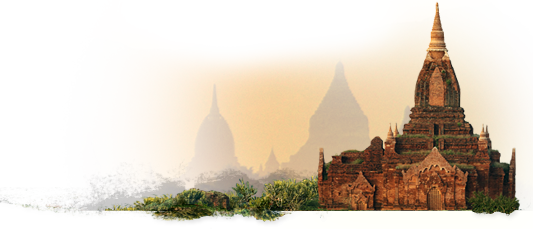Longhua Temple

Longhua Temple is a Buddhist Temple located in Shanghai, China. The Longhua Temple is the largest, most authentic and complete ancient temple complex which is dedicated to the Maitreya Buddha in the city of Shanghai.
Read more









